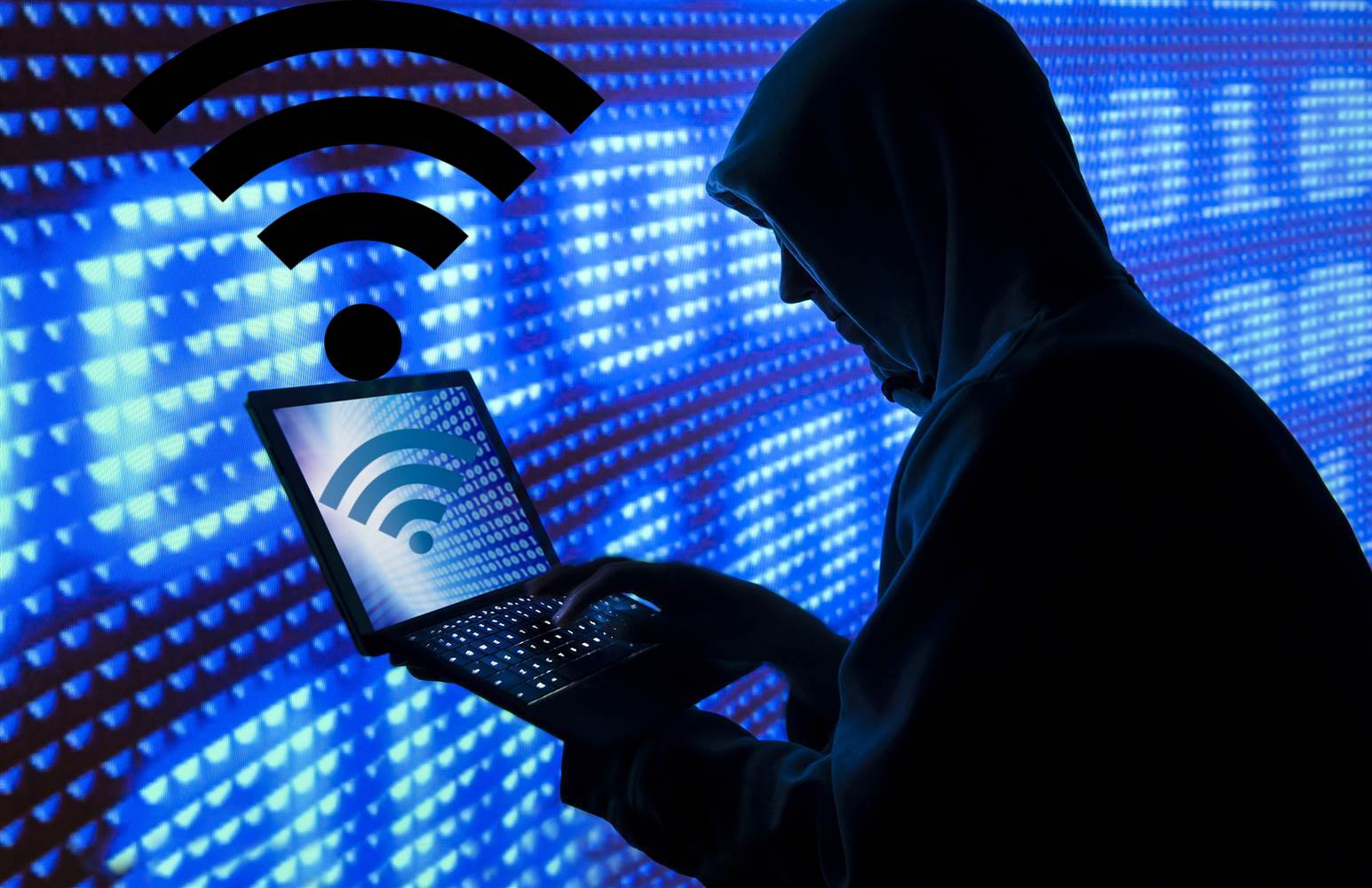You probably have a Wi-Fi network at home or live near one (or more) that appears in a list when you load up your computer or check your phone.
Problematically, the presence of a lock next to the network name (also known as the SSID or service set identifier) indicates that security is enabled. Without a password or passphrase, you will not be able to access that network or the Internet that comes with it.
You may have forgotten the password for your own network or lack neighbours eager to share Wi-Fi. Simply visit a café, purchase a coffee, and utilise the “free” Wi-Fi there. Download an app like WiFi Map (available for iOS(Opens in a new window) and Android(Opens in a new window)) on your phone, and you’ll have access to a list of millions of hotspots providing free Wi-Fi (along with the passwords for closed Wi-Fi connections if they’ve been published by other app users).
However, there are additional ways to reconnect to the wireless network. Some demand such severe patience that the café concept starts to sound rather appealing. Read on if you can’t wait.
Windows Commands to Get the Key
This method works only if you have forgotten a previously used Wi-Fi network password (also known as a network security key).
Windows builds a profile for each Wi-Fi network to which a user connects. If you instruct Windows to forget the network, the password is also forgotten. Therefore, this will not function. However, few people do so overtly.
It necessitates administrative access to the Windows Command Prompt. Click the Star Menu, input “cmd” (no quotation marks), and the menu will display a Command Prompt; right-click this entry and select Run as administrator. This will open the black text box containing the prompt—the it’s line with the arrow pointing to the right, which is likely something like C:WINDOWSsystem32>. A flickering cursor will indicate your typing location. Begin with this:
These are the stored Wi-Fi networks (also known as WLANs, or wireless local area networks) that you have accessed. Choose the one whose password you wish to obtain, highlight it, and copy it. At the following prompt, replace the Xs with the network name you copied; quotation marks are only required if the network name contains spaces, such as “Cup o Jo Cafe.”
netsh wlan show profile name=”XXXXXXXX” key=clear
Under Security Settings in the newly shown information, locate the line Key Content. The displayed word is the Wi-Fi password or key you lack. Cain & Abel (Opens in a new window) and WirelessKeyView (Opens in a new window) are examples of third-party password-recovery programmes that can do the same function if you prefer not to use the command line.
On macOS, use the Spotlight search (Command+Space) and type Terminal to access the command prompt. Type the following, substituting the network’s name for the Xs.
security find-generic-password -wa XXXXX
Also Read: Google, Microsoft and 15 other technology companies headed by Indian-origin executives
Reset the Router
This will not function on the Wi-Fi of the flat next door. This requires physical access to the router. However, before performing a complete router reset to access your own Wi-Fi, you should first attempt to log into the network. From there, it is simple to reset a forgotten Wi-Fi password or key.
That is not feasible if you do not know the router’s password. (The Wi-Fi password and router password are not identical, unless you specifically assigned the same password to both) Resetting the router is only possible if you have access via Wi-Fi (which you do not, as we’ve established) or physically using an Ethernet connection.
Before performing a reset on a router provided by your internet service provider (ISP), examine the unit’s stickers; the ISP may have printed the SSID and network security key directly on the hardware.
Here is the nuclear alternative: A majority of routers feature recessed reset buttons. Push it with a pen or unfurled paperclip and hold it for approximately 10 seconds to reset the router to factory settings.
To access a router after it has been reset, you will need that other username/password combination. Again, do this using a PC that is Ethernet-connected to the router; resetting the router has likely disabled any Wi-Fi connections for the time being. Access is normally accomplished using a web browser, though many routers and whole-home mesh systems may now be managed by mobile application.
Some routers may additionally show the default Wi-Fi network name (SSID) and network security key (password) on a sticker, allowing you to reconnect to the Wi-Fi after a reset.
Typically, the URL you type into a browser to view a router’s configurations is 192.168.1.1 or 192.168.0.1, or a variation thereof. Try them at random; this is generally effective. Open a command prompt and run ipconfig in order to establish which PC is connected to the router via Ethernet. Search the gibberish for an IPv4 address, which begins with 192.168. The remaining two spaces, known as octets, will be various values between 0 and 255. Take note of the third octet (probably a 1 or 0). The fourth is unique to the computer used to access the router.
In the browser, enter 192.168.x.1, substituting the number from the ipconfig search for the X. The 1 in the final octet must point to the router, as it is the first device on the network. (For complete instructions, see How to Access the Settings on Your Wi-Fi Router.)
The router should then prompt for the username and password at this stage (which, again, is probably not the same as the Wi-Fi SSID and network security key). Check your handbook, provided you haven’t discarded it. Or visit RouterPasswords.com (Opens in a new window), which provides the default username and password for every router ever made. In certain situations, but not all, you will require the router’s model number.
You will rapidly notice a pattern among router manufacturers using the login “admin” and the password “password”; therefore, feel free to try those credentials first. Due to the fact that most people are lazy and do not change a default password, you could attempt these options before resetting the password. Once in the Wi-Fi settings, enable the wireless network(s) and create passwords that are difficult to guess yet easy to remember. You don’t want your neighbours to share without your permission.
Make the Wi-Fi password simple to enter on mobile devices as well. Even if it’s the most secure password you’ve ever devised, there is nothing more aggravating than attempting to connect a smartphone to Wi-Fi using some convoluted, impossible-to-enter-with-thumbs gibberish.
Also Read: iOS 17 Leaks Suggest Significant Alterations to The iPhone 15
Crack the Code
You did not visit this page because the headline read “reset the router.” You wish to decipher the password for a Wi-Fi network.
A search for “wi-fi password hack” or one of its variations yields a large number of results, the majority of which are for software on sites where adware, bots, and frauds flow like snake oil. The same holds true for the countless YouTube videos that claim you can crack a password by visiting a particular website on your mobile device.
Downloading these apps or visiting these websites is entirely at your own risk. Many are, at best, phishing frauds. If you choose to take this path, we recommend using a PC that you can afford to muck up a little. Before I could attempt to run the EXE installation file, my antivirus thankfully obliterated a number of utilities upon my first attempt.
You may develop a system specifically for this purpose, or dual-boot into a second operating system that can perform what is known as “penetrating testing” — a sort of offensive approach security in which you analyse all potential entry points into a network. Kali Linux(Opens in a new window) is a Linux distribution designed specifically for this objective. You most likely saw it on Mr. Robot (Opens in a new window). View the video tutorial provided below.
You can run Kali Linux off a CD or USB key without installing it to the hard disc of your computer. It is free and includes all the tools necessary to breach a network. It even has a Windows application in the Windows App Store.
Aircrack
Aircrack has existed for years, ever since Wi-Fi security was relied solely on WEP (Wired Equivalent Privacy). WEP was poor even back then; it was replaced by WPA in 2004. (Wi-Fi Protected Access).
Aircrack-ng(Opens in a new window) is described as a “package of tools to examine Wi-Fi network security,” hence it should be included in any network administrator’s arsenal. It will attempt to break WEP and WPA-PSK keys. It is free and comes with complete instructions, however it is not easy to use.
To break a network, you must have a Wi-Fi adaptor that allows packet injection installed on your PC. You must be familiar with the command line and possess a great deal of patience. Your Wi-Fi adapter and Aircrack must collect a large amount of data in order to decode the passkey for the targeted network. It may take some time.
Here’s how to do it using Aircrack installed on Kali Linux, as well as how to utilise Aircrack to secure your network (Opens in a new window). Airgeddon is a command-line PC programme that provides a comparable service (Opens in a new window).
Also Read: Teens Are Paid by Discord to Offer Each Other Compliments.
Reaver-wps
Cracking the significantly more secure WPA/WPA2 passwords and passphrases is the true challenge. Reaver-wps(Opens in a new window) appears to be the only tool capable of completing the task. You will need command-line familiarity to work with it. Reaver should be able to divulge a router’s password after 4 to 10 hours of brute-force attempts, but only if the target router has a strong signal with WPS (Wi-Fi Protected Setup) enabled.
WPS is the feature that allows you to press a button on the router and another button on a Wi-Fi device, and they will automatically find each other and connect with a secure connection. It’s the “hole” that Reaver creeps through.
Even if you disable WPS, it may not be totally disabled, but turning it off is your only option if you’re concerned about Reaver-based attacks on your router. Or, acquire a router that lacks WPS capability.
Hacking Wi-Fi over WPS is also possible with certain Android programmes, which only function on rooted Android devices. Consider Wifi WPS WPA Tester(Opens in a new window), Reaver for Android, and Kali Nethunter as alternatives.
When you are in dire need of Wi-Fi, it will likely take too long to crack the code. However, you can almost always transform your smartphone into a hotspot. It will be much simpler in the near future.











